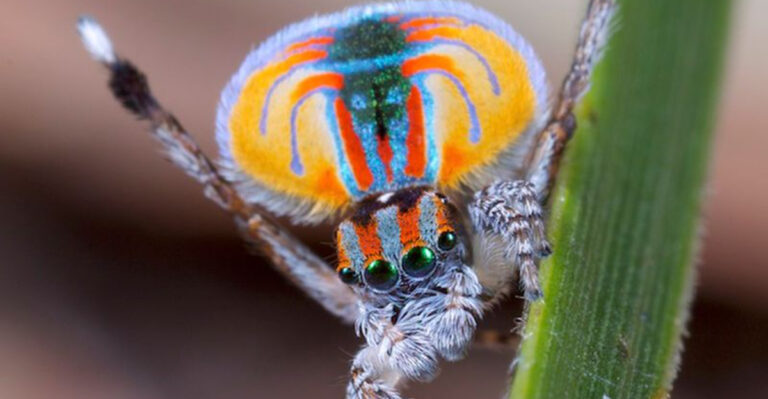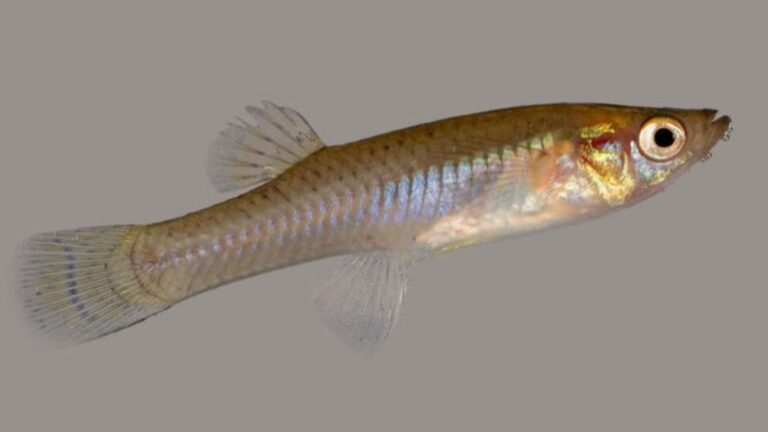New Yellow-Eyed ‘Rainbow’ Species Discovered In Temporary Pond
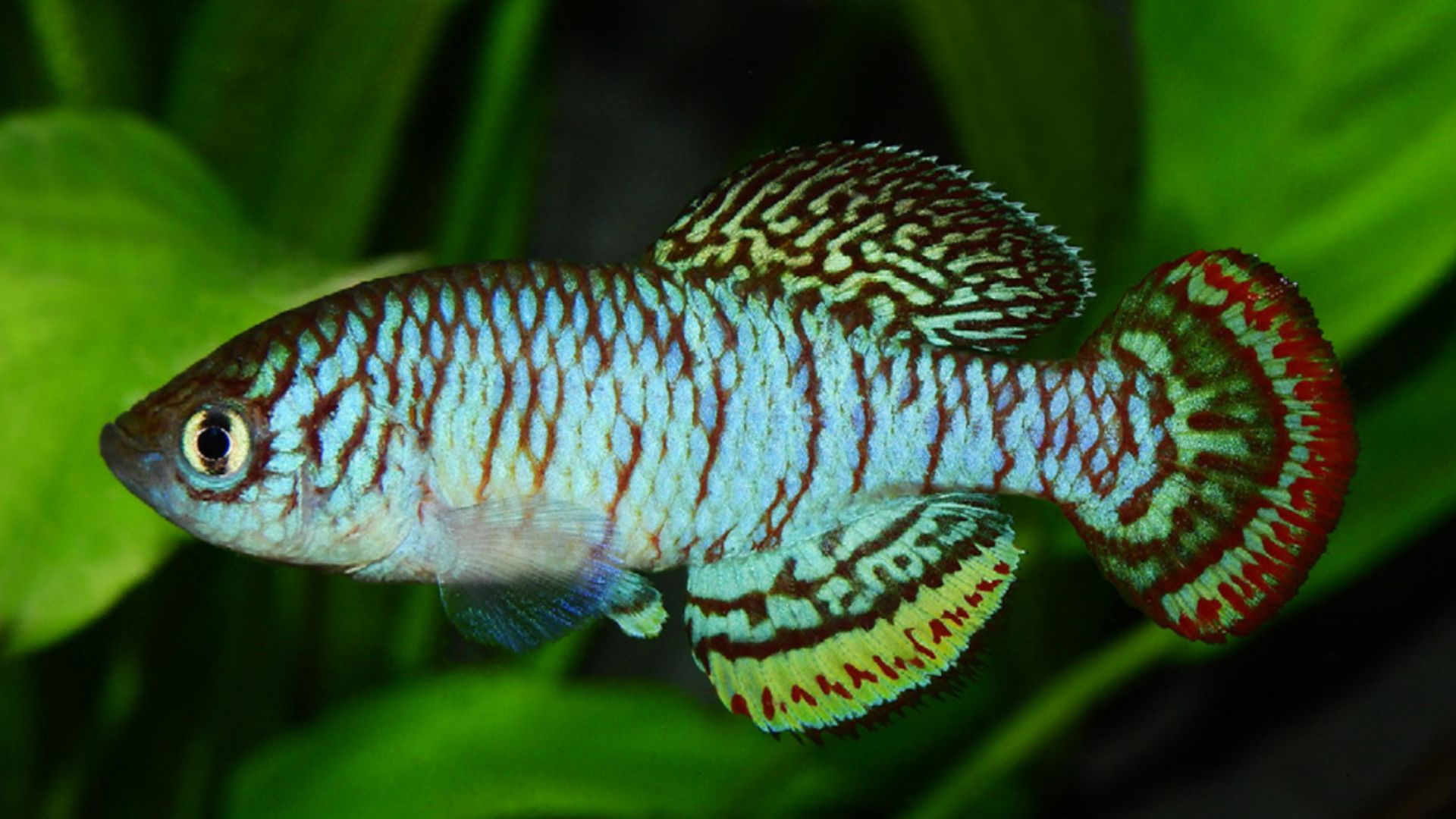
Scientists have found an amazing new fish with rainbow colors and bright yellow eyes. This tiny creature lives in temporary ponds in Africa that completely dry up each year.
The discovery shows how nature can create incredible survival strategies in unexpected places – and reminds us why even small, temporary wetlands need protection.
New Rainbow-Colored Fish Found In Seasonal Pond
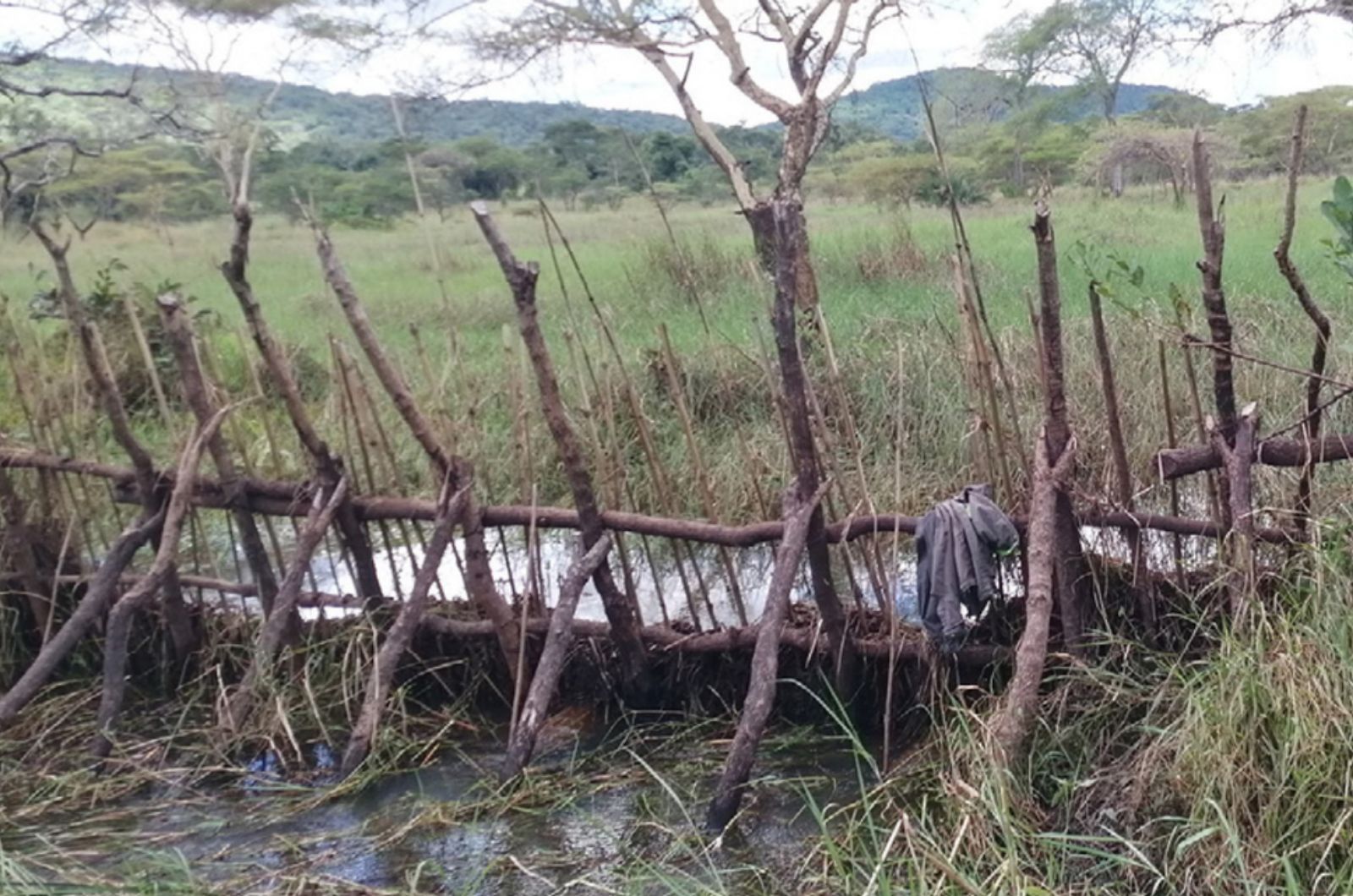
Shimmering like a living jewel, this newly discovered fish dazzles with colors that span the entire rainbow spectrum. Scientists stumbled upon it during a routine expedition to document aquatic life in seasonal African wetlands.
What makes this discovery particularly exciting is how the fish seems to change colors depending on the angle of sunlight hitting its scales. Local guides had mentioned stories of ‘magical color-changing fish’ for generations, but researchers dismissed these tales as folklore until now.
The fish’s vibrant appearance likely serves as both camouflage among colorful pond plants and as a mating display.
Named For Its Bright Colors And Yellow Eyes
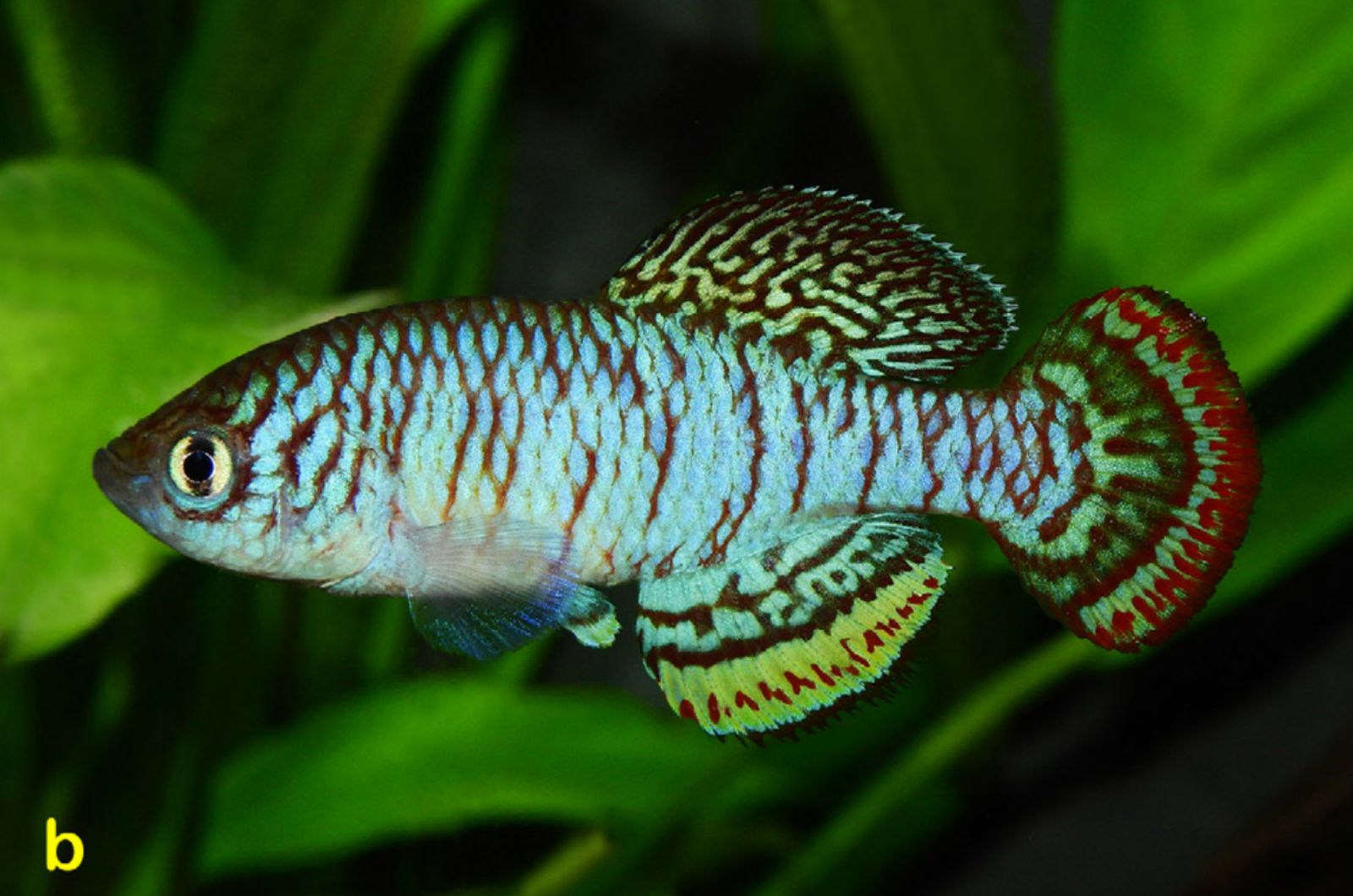
Scientists officially named the fish Nothobranchius chromoculus, which means ‘colorful eye’ in scientific language. The striking yellow eyes glow like tiny flashlights against the rainbow backdrop of its scales and fins.
These unusual yellow eyes aren’t just for show – researchers believe they help the fish see better in murky pond water. The eyes contain special pigments that might filter certain wavelengths of light, improving vision in their muddy home.
No other known killifish species has this combination of rainbow body coloration paired with bright yellow eyes, making it instantly recognizable to researchers.
Discovered In A Temporary Pool In The Congo Region
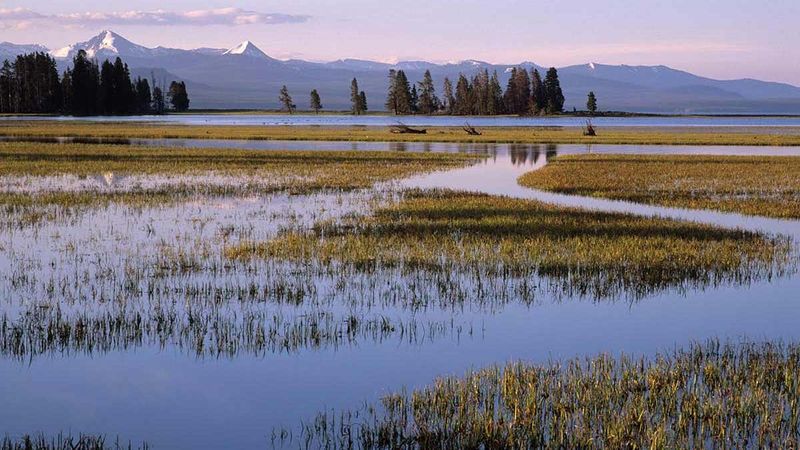
Hidden away in a remote corner of the Congo Basin, this remarkable fish was found in a pool no bigger than a backyard swimming pool. The discovery location sits in a floodplain that transforms dramatically between wet and dry seasons.
A team of Belgian and Congolese scientists spotted the first specimens while surveying disappearing wetland habitats. They initially mistook them for known species until closer examination revealed their unique characteristics.
The exact location remains partially protected to prevent collectors from potentially harming the small population before proper conservation measures can be established.
Lives In Ponds That Dry Up Each Year
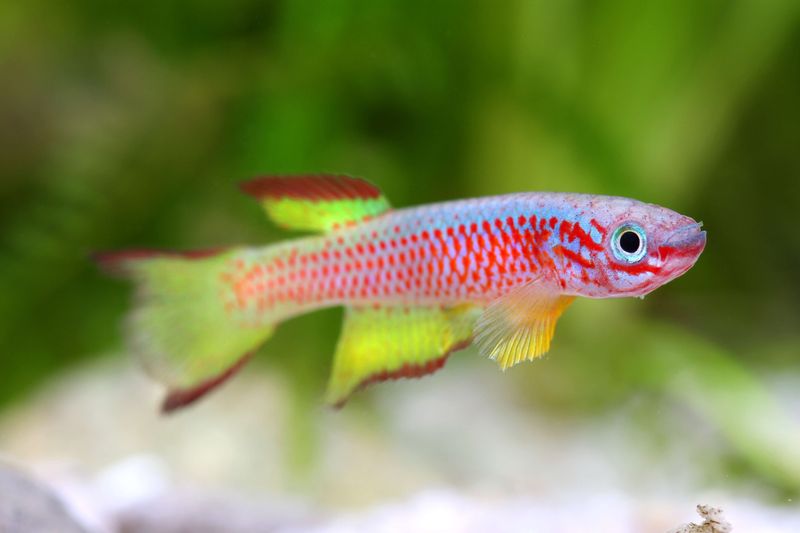
Imagine your home completely disappearing every year – that’s normal life for these resilient fish! Their watery homes evaporate entirely during the dry season, leaving nothing but cracked mud where a thriving ecosystem once existed.
Rather than migrating to permanent water bodies like some species, these fish have evolved an extraordinary adaptation. Their entire lifecycle – from hatching to reproducing – must be completed within the brief 3-4 month window when water is present.
Adult fish grow, mate, and die within a single wet season, never experiencing the same pond twice.
Eggs Survive In Mud Until Rain Returns
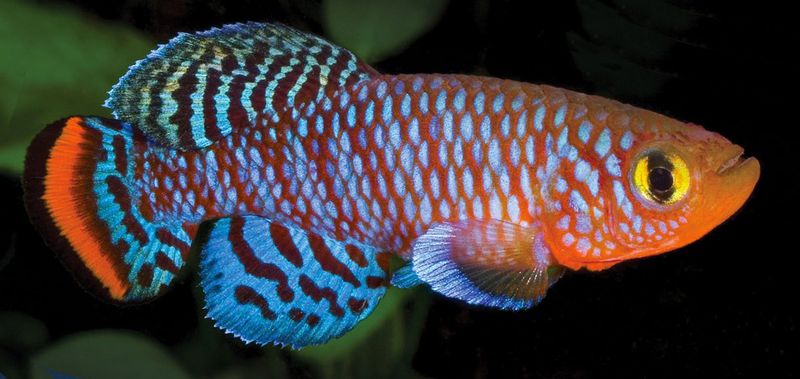
The secret to this species’ survival lies buried in the mud. As ponds shrink, adults lay drought-resistant eggs that enter a state called diapause – essentially a biological pause button on development.
These remarkable eggs can survive extreme conditions for months or even years if needed. A hard outer shell protects the developing embryo inside, while special proteins prevent cellular damage from heat and drying.
When rains finally return and water soaks into the dried mud, the eggs sense chemical changes in their environment. Within days, they hatch into tiny fish that race to grow and reproduce before their world dries up again.
Males Have Red, Yellow, And Blue Fins
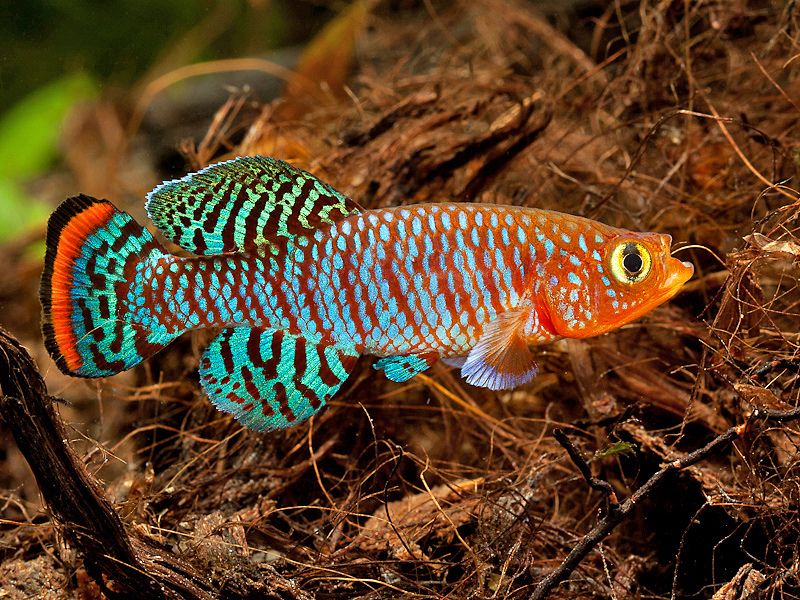
Male rainbow killifish sport spectacular fins that would make any peacock jealous! Their dorsal fins flash bright red, while their tail fins shimmer with electric blue. Yellow highlights run along their side fins, creating a dazzling display that’s impossible to miss.
This colorful costume isn’t just for show – it’s all about attracting mates. Female fish strongly prefer males with the brightest, most vibrant colors, creating evolutionary pressure for increasingly spectacular displays.
Interestingly, the males can actually intensify their colors during courtship, pumping extra pigment into their fins when females are nearby.
Grows To Just Over 4 Centimeters Long
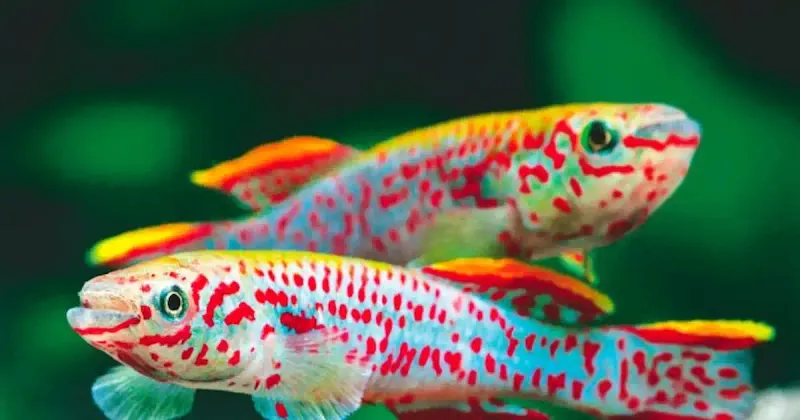
Don’t let their tiny size fool you – these fish pack a lot of personality into a small package! At full growth, they barely reach the length of your pinky finger, maxing out around 4.2 centimeters (about 1.7 inches).
Their compact size offers several advantages in their temporary home. Small bodies require less food and can hide in tiny spaces to escape predators like wading birds and water insects. They also reach sexual maturity incredibly quickly – sometimes in as little as three weeks after hatching.
Females typically grow slightly larger than males, but with less dramatic coloration.
Part Of A Group Called Annual Killifish
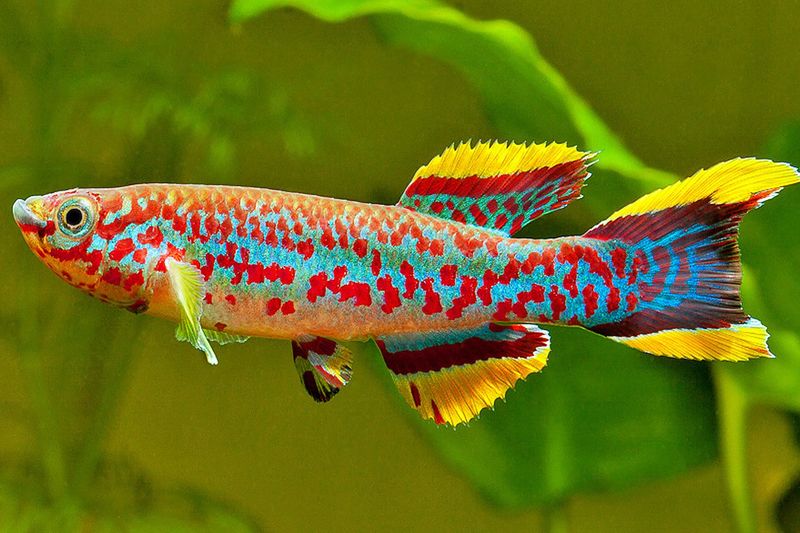
This colorful newcomer belongs to a fascinating group called annual killifish – masters of living fast and dying young. Unlike most fish that live for years, these species complete their entire lifecycle within a single season.
Annual killifish have evolved independently in Africa and South America, a remarkable case of convergent evolution. Though separated by an ocean and millions of years, they developed nearly identical survival strategies for temporary waters.
Scientists study these fish to understand rapid aging, as their compressed lifespan makes them excellent models for researching how and why organisms grow old.
Hatches Quickly To Beat The Dry Season
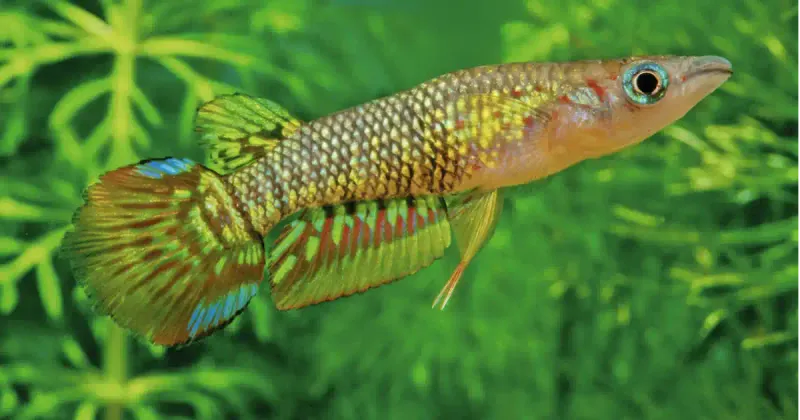
Speed is everything for these little racers against time. When dormant eggs sense returning water, they don’t waste a single day – hatching occurs within 24-72 hours, depending on water temperature and oxygen levels.
The tiny fry emerge fully formed and immediately begin hunting microscopic prey. Their growth rate astounds scientists, with some individuals increasing their body mass by 15% daily during peak development periods.
This rapid development comes with tradeoffs, though. Their accelerated metabolism leads to accumulated cellular damage, which is why even in perfect aquarium conditions, these fish rarely live beyond 6-8 months.
New Find Shows The Importance Of Temporary Wetlands
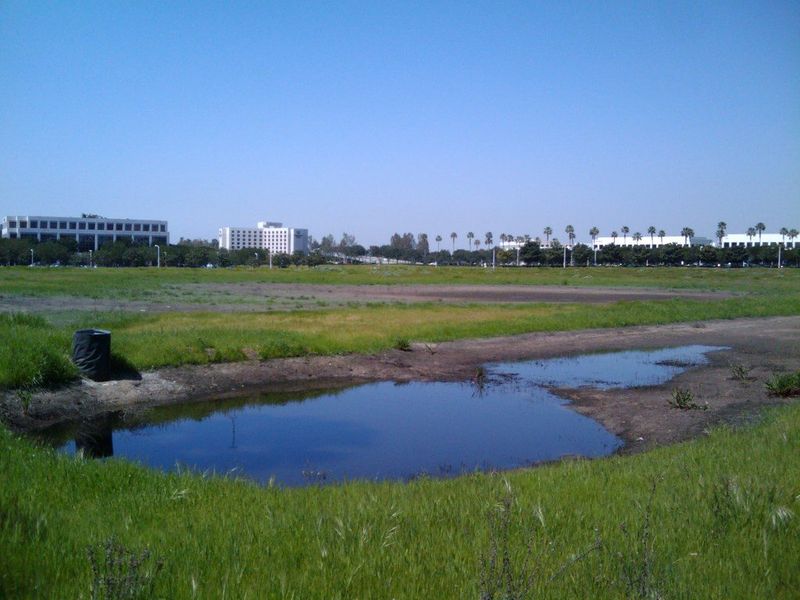
This dazzling discovery highlights why seemingly insignificant puddles deserve our protection. Temporary wetlands are disappearing worldwide due to climate change, agriculture, and development, often without anyone noticing or caring.
Yet these overlooked habitats serve as biodiversity hotspots, supporting unique species found nowhere else. They also provide crucial ecosystem services like flood control, water filtration, and carbon storage.
Conservation efforts now aim to map and protect networks of seasonal ponds across Africa. The rainbow killifish has become a flagship species, helping scientists explain why even the smallest, most ephemeral waters matter in our planet’s ecological balance.


